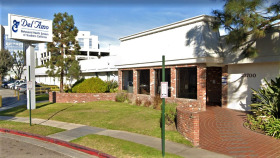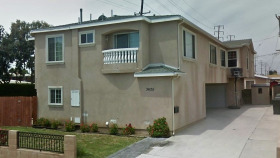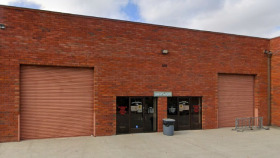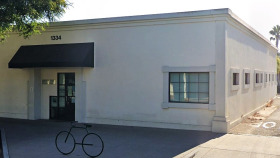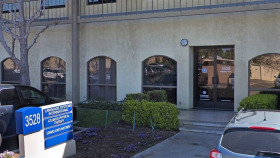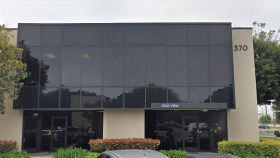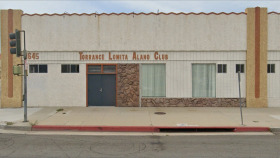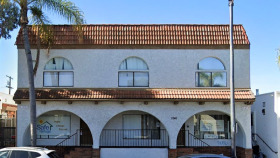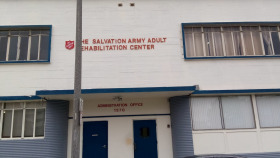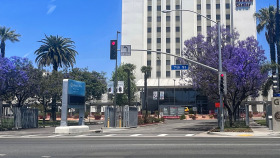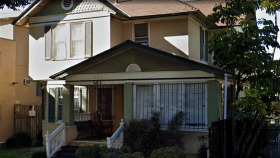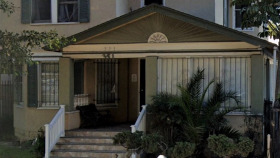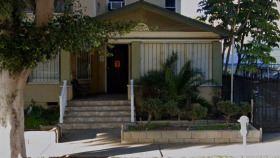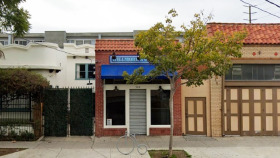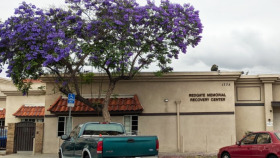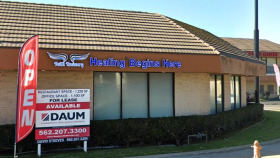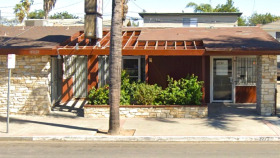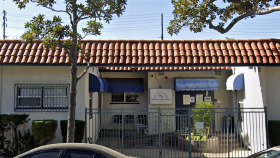Expert Insights
I think it’s a great idea that Lamar Odom has invested in 3 addiction treatment centers in California. So often, the media focuses on Lamar’s struggles with addiction in his appearance in the Kardashians and now this is an opportunity for him to show up in a more empowered way. Having overcome addiction, Lamar is using his public platform for good by showing the world that anyone can recover from addiction. I think this news also highlights that addiction affects people from all walks of life, but it is also treatable. I think celebrities talking about addiction goes a long way towards dismantling the stigma of addiction and shows that people should not be afraid of admitting they need help, but it also shows people do enjoy their lives in recovery.
~ Nikki Seay
Cost of Drug Rehab in Torrance, CA
Each drug rehab in Torrance, CA, varies in cost. This is due to several factors:
- Treatment setting – Inpatient treatment includes 24/7 care, room, and board, so this costs significantly more than an outpatient setting.
- Treatment location – Urban settings and highly desirable areas typically cost more than rural locations.
- Features and amenities – The more luxury amenities a program offers, the higher the cost.
- Duration of program – The longer the treatment lasts, the more it costs. Most drug rehabs in Torrance, CA, last for 30, 60, or 90 days.
- Health insurance coverage – The amount of coverage varies by provider and individual plan.
Costs vary throughout Torrance and the state of California, but the average cost for outpatient rehab is $1,703. For inpatient treatment, the average cost in California is $56,654. Based on national averages for medication assisted treatment, Torrance residents can expect to pay around $126 per week for methadone, $155 per week for buprenorphine, and $1,177 per month for Naltrexone.4
How to Pay for Addiction Treatment in Torrance, CA
Many options are available to fund drug rehab in Torrance, CA. Look to the following resources if you need assistance with payment.
Private Insurance
While coverage varies by plan, all insurance providers must cover drug rehab in Torrance, CA, to some extent.
Medicaid
Medi-Cal is California’s Medicaid program. This state-funded program offers medical financial assistance to low-income families and individuals with certain disabilities, including coverage for treatment of substance abuse.
Sliding Scale Payment Options
A sliding scale program allows participants to pay what they can afford, based on their income. Proof of income is typically required to qualify.
TRICARE Insurance
TRICARE provides health insurance coverage for military personnel and their families. This coverage includes drug rehab in Torrance, CA.
IHS-Funded Drug Rehabs
Through IHS (Indian Health Service), American Indians and Alaska Natives can receive no-cost or low-cost drug rehab in Torrance, CA.
Making Drug and Alcohol Rehab More Affordable
If treatment still seems out of reach financially, consider the following options to pay for drug rehab in Torrance, CA.
Choose a Program Offering Payment Plans
Many facilities will let you pay for treatment in small increments, rather than come up with the full sum all at once. This may involve paying a fee or interest.
Apply for a Rehab Scholarship
Non-profit organizations, corporations, and treatment facilities offer scholarships to help pay for some or all of the treatment fees for individuals in need.
Ask About Sliding Scale Payment Options
These options aren’t always advertised, so be sure to ask if it’s available. This option allows you to pay an amount for treatment based on your income, so it is affordable.
Torrance Drug and Alcohol Statistics
- Fentanyl was responsible for 55% of drug overdose deaths in Los Angeles County in 2021.1
- 7.6% of Los Angeles County residents aged 12 and older live with a substance use disorder.2
- 15.2% of Los Angeles County residents aged 12 and older used an illicit drug in the past month.2
- There are 134,531 emergency department visits related to drugs or alcohol each year in Los Angeles County.2
- Each year, Los Angeles County experiences 23,973 DUI arrests and 268 deaths from DUI.2
- In 2021, there were 1,573 opioid overdose deaths in Los Angeles County.3
- The 30-34-year-old age group experienced the highest rate of opioid overdose deaths in Los Angeles County in 2021.3
The rate of opioid-related overdose deaths increased by 122% in Los Angeles County from 2019 to 2021.3
Alcohol and Drug Laws in Torrance, CA
Following are a few California laws you should be aware of, as they relate to drug rehab in Torrance, CA.
California Employee Protections for Drug or Alcohol Rehab: Torrance residents who are employed at a company with 25 or more employees are protected by California Labor Code Section 1025-1028. This requires employers to accommodate employees who want to take time off to undergo treatment. This can be requested under the California Family Rights Act (CFRA) or Family Medical Leave Act (FMLA).
Substance Abuse and Crime Prevention Act: Under Proposition 36, when convicted of non-violent drug crimes, eligible California residents may attend drug rehab in Torrance, CA, instead of serving prison time.
California Government Prevention and Care Services: Under Senate Bill 110, patients who demonstrate drug-free behavior, such as negative urine screenings, can receive treatment program rewards (gift cards or vouchers).
California Ethical Treatment for Persons with Substance Use Disorder Act: This bill protects those who attend drug rehab in Torrance, CA, from discrimination. It requires all treatment providers to offer a bill of rights for their clients.
California Good Samaritan Overdose Prevention Law: This law was created to encourage people to call for medical help during an overdose situation. It provides immunity from prosecution for certain drug crimes to those who call 911.
Levels of Care for Addiction Treatment in Torrance, CA
Detox: This initial phase of drug rehab in Torrance, CA, usually lasts between 3 and 10 days. During this time, your body is safely cleansed of all drugs and alcohol, so you can begin treatment and recovery.
Inpatient or residential: During inpatient rehab, you live at a facility and receive 24/7 care. You participate in various forms of therapy, such as group and family counseling.
Outpatient: Outpatient treatment varies in intensity level. The three levels are:
- Standard outpatient treatment
- Intensive Outpatient programs (IOPs)
- Partial hospitalization programs (PHPs)
Telehealth and Online Addiction Treatment: Using web-based platforms and other technology, providers can deliver treatment remotely, for those who can’t attend drug rehab in Torrance, CA, in person.
Aftercare and Relapse Prevention: To prevent relapse, aftercare provides continued support once inpatient or outpatient treatment is complete. Examples of aftercare include 12-step meetings and individual counseling.
Resources
- What you—and your teens—need to know about fentanyl. (n.d.). Torrance Memorial.
- Investments in prevention, screening, and treatment yield substantial cost savings Prevalence of substance use and abuse in Los Angeles County (LAC) 1 Costs of Alcohol and Other Drug Misuse/Abuse. (2022). SAPC Data Brief.
- CA Overdose Dashboard. (n.d.). Skylab.cdph.ca.gov.
- National Institute on Drug Abuse. (2021). How much does opioid treatment cost? National Institute on Drug Abuse.



